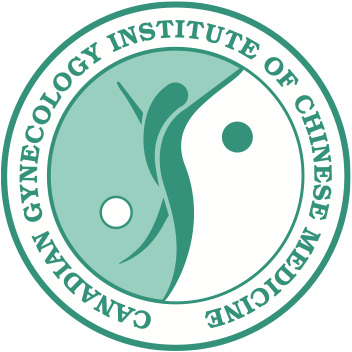There are a lot of people afraid of needles, usually because of painful hypodermic needle experiences. Rest assured though, acupuncture is COMPLETELY different, from sensation to result.
During acupuncture, some people feel nothing, others might feel a slight pinch (think mosquito bite) as the needle goes through the first layers of skin, in some areas there is a slight burning sensation, a ticklish-fluttering feeling, a radiating sensation, or a feeling of soreness, aching, distention, heaviness or numbness. All of this is quite normal and unless someone is very sensitive, the feelings are by no means bothersome.
Many things need to be taken into consideration when needling, most importantly the depth and angle of insertion. The depth of the needling should be relative to the surrounding anatomical structures such as muscles, tendons, veins and arteries, nerves and bones. For example, points along the wrists generally have a much shallower insertion than points in the buttock area.
The angle of insertion is also relative to surrounding anatomical structures. Most often the needle is inserted perpendicular to the skin, or at a 90˚ angle. In places where there is not as much muscle tissue, when there are risks such as penetrating the lungs (pneumothorax) with the thoracic Urinary Bladder meridian points, or when moving the Qi in a certain direction, an oblique insertion, or 45˚ angle of needling is used. A transverse insertion, or 10˚-20˚ angle, is used in areas with very little muscle tissue. Such areas include the head, and LU 7, as well as RN 17 where a perpendicular insertion has the potential to traverse the sternum and cause cardiac tamonade.
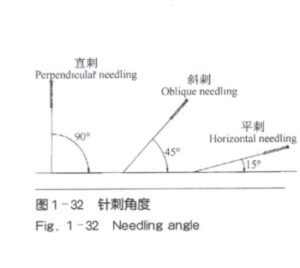
Needling & Manipulation Methods
Different needling methods are used for a variety of results. Though there are many, these are the most commonly used.
Lifting & Thrusting: when the needle is inserted and the Qi sensation is present, lifting and thrusting refers to an up and down movement of the needle from the original depth, lifted a short distance and then thrust back to its original depth. The movement generally does not exceed half an inch and the practitioner should take care not to lift the needle outside of the skin and to keep the direction of insertion constant. The reducing method uses strong and quick movements, while a tonifying method uses slow and light movements.
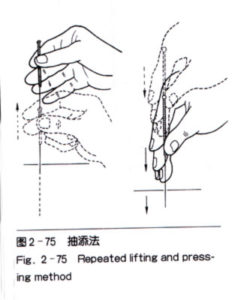
Twirling & Rotating: again, when the needle is inserted and the Qi sensation is present, twirling and rotating refers to a twisting of the needle in one direction and then the other. The movement generally does not exceed 360˚ or the needle may bind with the muscle tissue causing pain and the needle to become stuck. The reducing method uses rapid twirling in a wide arc, while tonifying method uses slower twirling and a lesser arc. Twirling and rotating is often used in conjunction with lifting and thrusting.
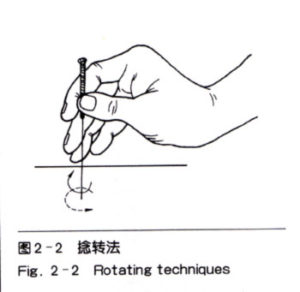
Needle Retention: the amount of time needles are retained in the skin varies from a few minutes to two hours. During this time practitioners may choose to periodically come back and manipulate the needles, apply moxibustion or electricity, or to leave the patient to rest. Knowledge of specific conditions and the state of the patient should determine the length of the treatment.
Employing the lifting-thrusting and twirling-rotating methods, there are two commonly employed methods for tonifying and reducing. Ellis, Wiseman & Boss give a concise outline:
Tonifying Method:
- Determine the depth of the needle and divide this depth into three equal segments: surface, middle, deep.
- Ask the patient to inhale deeply and perform steps 2-4 during exhalation. Upon exhalation, thrust the needle quickly and lift slowly at the level of the surface. 9x
- Thrust the needle quickly and lift slowly in the level of the middle. 9x
- Thrust the needle quickly and lift slowly in the deep level. 9x
- At this time a burning sensation should be felt during the manipulation. If not, lift the needle in one slow motion to the surface layer, stop any manipulations briefly and then do this manipulation again, up to 3x.
- Remove the needle slowly on inhalation and close the hole.
Reducing Method:
- Determine the depth of the needle and divide this depth into three equal segments: surface, middle, deep.
- Ask the patient to inhale deeply and slowly and perform steps 2-6 during inhalation. Upon inhalation, insert the needle to the deep level and thrust slowly and lift quickly. 6x
- Bring the needle up to the middle level and thrust slowly and lift quickly in that level. 6x
- Bring the needle up to the surface level and thrust slowly and lift quickly in that level. 6x
- Repeat steps 2-5.
- At this time a cooling-clearing sensation should be felt during the manipulation. If not, push the needle to the deep layer, stop any manipulations briefly and then redo this manipulation, up to 3x.
- Remove the needle quickly on exhalation and leave the hole open.
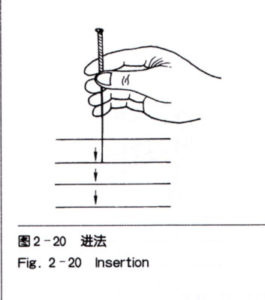
There are many more manipulation techniques that each practitioner uses based on their own discretion or experience, the above is an outline of the most commonly used techniques. Acupuncture and Traditional Chinese Medicine can help with a wide variety of ailments and diseases in a natural and holistic way, decreasing the need for the use of pharmaceuticals. Try acupuncture! If you have any questions or comments, please contact us.
Caroline Prodoehl, RTCMP
References
Ellis, A., Wiseman, N., & Boss, K. (1991). Fundamentals of Chinese Acupuncture: Revised Edition. Paradigm Publications. Brookline, Massachusetts.
O’Connor, J. & Bensky, D. (Translators & Editors). (1981). Acupuncture: A Comprehensive Text. Eastland Press. Seattle, Washington.
